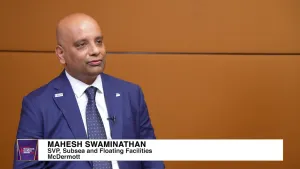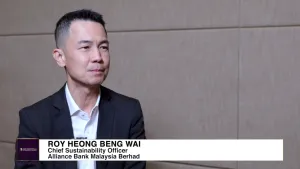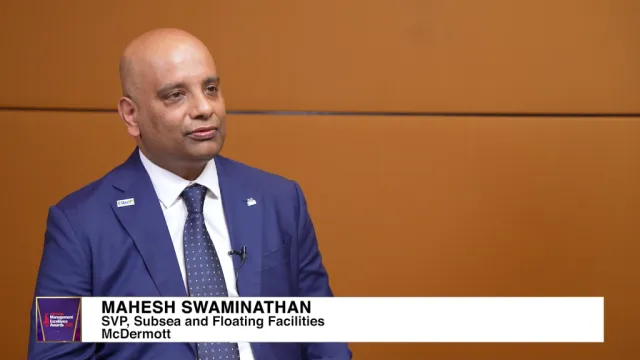
Asia struggles with G20 payment targets
The ultimate goal is for cross-border payments to achieve “the speed of the internet.”
Asian banks are racing to meet G20 cross-border payment goals on speed, cost, and transparency, but dated infrastructure, high fees, and fragmented rules hinder near-real-time payment transfers.
“In most developed countries, domestic payment schemes are now instant,” Mishal Ruparel, chief commercial officer at Banking Circle, told Asian Banking and Finance at Sibos 2024 in Beijing.
“For example, in the UK, you’ve got FPS (Faster Payments System); in Australia, there’s NPP (New Payments Platform); and in Singapore, there’s FAST (Fast And Secure Transfers). These systems are in place. But as soon as you cross borders, it’s not well set up,” he added.
As the 2027 deadline nears, banks across 15 markets globally are struggling to keep up with the G20 target for 75% of cross-border payments to be credited to the beneficiary within an hour, according to Capgemini Research Institute’s World Report Series 2025 on payments released in September.
It said 67% of banks are in a “medium preparedness band” for business and technology, whilst only 5% have achieved “high business and technology” scores to solidify their position as instant payment adoption leaders.
Ruparel said cross-border payments particularly in the business-to-business sector face friction because these involve multiple intermediary banks, leading to delays and additional fees.
Susana Delgado, managing director at the Society for Worldwide Interbank Financial Telecommunication (SWIFT), said it is a challenge to scale about 80 instant payment systems globally for cross-border interoperability.
“The need for interoperability is there to scale up this model,” she said, citing the complicated process of seamless integration.
Bilateral arrangements, such as those between Singapore and Thailand or Singapore and Malaysia, have shown how complex the process is.
Ruparel said complex legacy infrastructure is a big issue. “Getting that level of adoption with some of the bigger operators can always take time.”
Widespread adoption of new systems such as blockchain and other digital ledger technology solutions require global payment systems to work together so that transactions overcome technical limitations and ensure they comply with the rules, he added.
Delgado said compliance requirements for international and domestic transactions differ. She noted that real-time payment systems process transactions continuously and individually, not in batches.
“They need to have a One-Leg-Out scheme in place to be able to recognize the payment is coming from abroad, and therefore enable beneficiary banks to do the AML (anti-money laundering) and compliance checks,” she pointed out.
This adds another layer of complexity because countries have different standards.
Ruparel said the ultimate goal is for cross-border payments to achieve “the speed of the internet." This entails removing delays and ensuring transparent fees, which require global coordination amongst banks, regulators, and technology providers.
Digital ledger technology and tokenization hold promise for streamlining cross-border payments, Francois Verlaine, managing director at Standard Chartered, separately told Asian Banking and Finance at the Beijing event.
“We’ve actually been discussing digital ledger technology, a single ledger that multiple parties can access,” he said. “Tokenization offers revolutionary efficiencies compared with the incremental improvements we see in traditional finance.”
Future of payments
Verlaine said the tech could eliminate the need for reconciliation between fragmented records, creating a seamless, accurate, and efficient flow of information between parties.
As technology moves forward, industry leaders remain cautiously optimistic about the future of payments, especially with Capgemini projecting instant payments accounting for 22% of noncash transactions by 2028.
The Asia Pacific region is leading this trend with a 20% year-on-year increase in noncash transactions, outpacing growth in Europe (16%) and North America (6%).
The research institute also expects account-to-account solutions to reduce credit card transaction volume growth by as much as 25%, potentially costing the industry billions in revenue.
Open finance, a key enabler of instant payments, is in its early stages globally, with initiatives led by Australia, Brazil, India, and
Singapore. However, adoption remains limited due to inconsistent application programming interfaces and the lack of data-sharing incentives, Capgemini said.
Only 17% of banks have piloted or launched open finance products, whilst 23% are awaiting regulatory guidance.
Ruparel envisions a world where Web 3.0 and blockchain make frictionless, instant global transactions possible.
Delgado, on the other hand, said the landscape would likely remain fragmented in the foreseeable future.
“I expect to see this fragmentation which, at the same time, brings something very positive, which is optionality,” she said. But the winner would be the end-user as banks open up to this evolving ecosystem, she added.



















 Advertise
Advertise









